Long-abandoned asylums are undoubtedly on everyone’s top 10 list of eerie, dark, and abandoned locations. With their dilapidated Ferris wheels and dust-covered carousels, abandoned amusement parks can also be spooky, but they can’t compare to abandoned institutions.
While these locations are open for business, rumors about them begin to circulate. But ghost stories torment the living only after they close. There are legends associated with this hospital, which is hidden away in the Scottish community of Hartwood in North Lanarkshire. But paranormal activity is not necessary for the location to have an intriguing past.
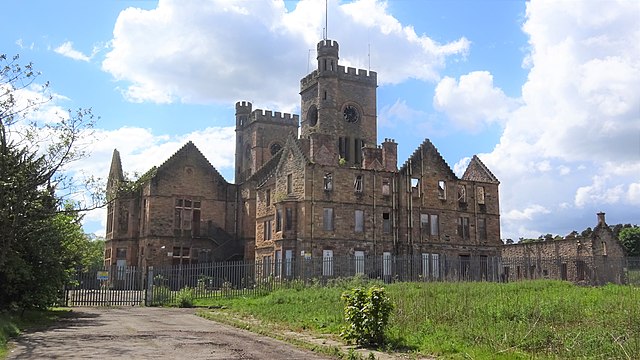
Hartwood Hospital was first established in 1895 and operated for more than a century before closing its doors in 1998. John Lamb Murray, who self-taught in engineering and architecture, designed it. The building was designed to be self-sufficient, much like the hospitals of that era in Europe. It boasted gardens, farms, and even a railroad track.
Hartwood Hospital was built in the Scottish baronial style, and its clock towers, which are located at its northwest corner, instantly identify it. The initial plan was for 500 people to be occupied. A power plant and reservoir were built on the property to guarantee that these patients could receive the care they needed.
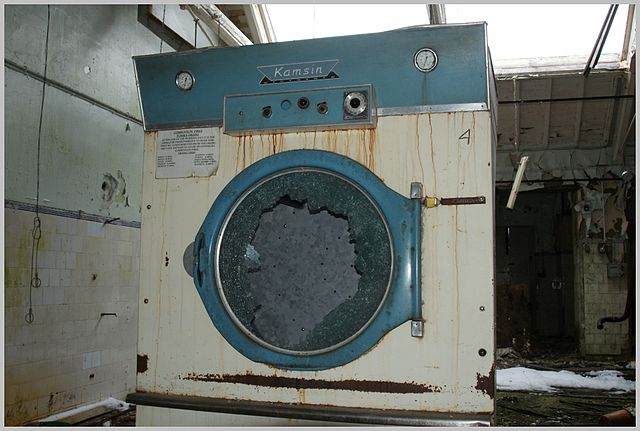
Dr. Campbell Clark oversaw Hartwood Hospital’s early operations while it was still known as Lanark District Asylum. Clark’s influence on the medical community was profound. In order to ensure that medical professionals provided the finest treatment possible, Clark was the first to set up training programs. In 1890, the Medico-Psychological Society began endorsing the technique and awarded certificates to trainees who successfully completed the program, which led to its increased use.
Clark passed away in 1901 and was buried in the Hartwood Hospital cemetery.
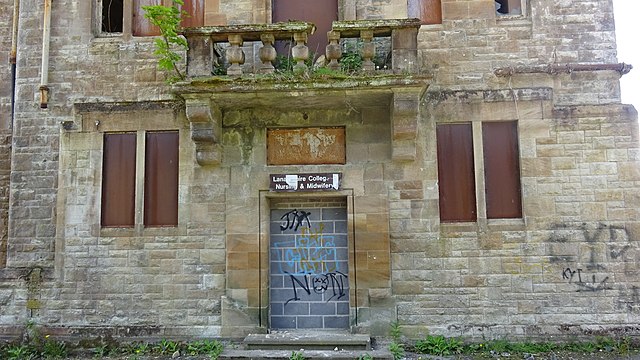
In 1898, Hartwood Hospital had its initial expansion with the construction of two blocks. A TB sanatorium established less than ten years later to handle the rise of patients with the infection. The construction of additional nurse and caretaker homes came after this work.
A “sister facility” was curiously built next to Hartwood Hospital. During World War II, Hartwoodhill institution, which addressed mental health issues, also accommodated patients from a nearby psychiatric institution.
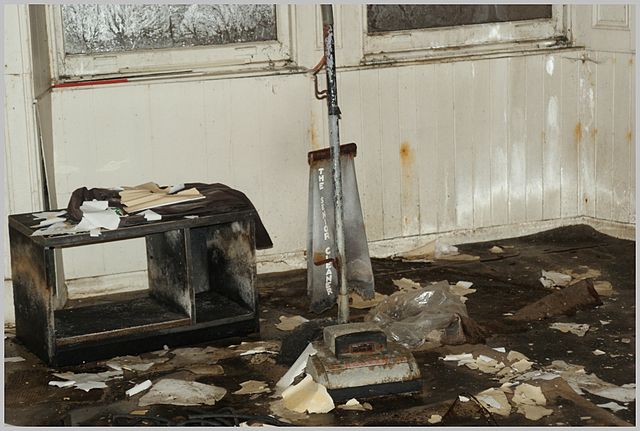
Hartwood Hospital had a sinister side, much like many other 19th-century institutions. It became famous for being the first location in Scotland to carry out lobotomies, operations that reduced fully developed individuals to shells of their former selves.
Seclusion and electroshock therapy were also commonly employed. Due to the very rudimentary scientific understanding of the human brain at the time, many activities were carried out differently than they would be today.
Dr. Campbell Clark was in charge of these therapies in the beginning.
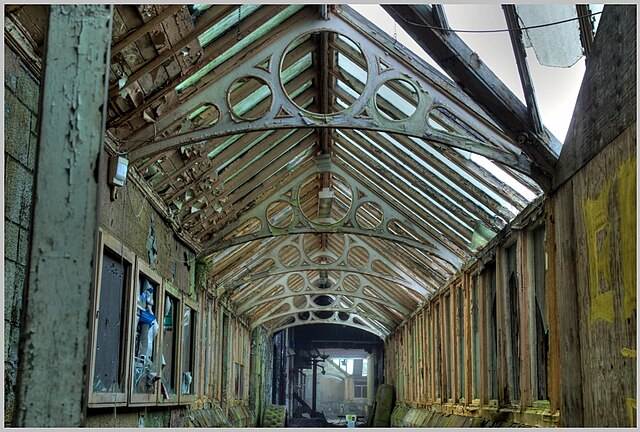
Hartwood Hospital grew in spite of all of this. It was one of the biggest hospitals in the European Union (EU) by 1950. The patient base continued to increase and at one point topped 2,500.
But things weren’t working out so well; people weren’t getting the treatment they needed. It got to the point where people living there founded the Scottish Union of Mental Patients in July 1971 in an effort to push for improved treatment and living circumstances.
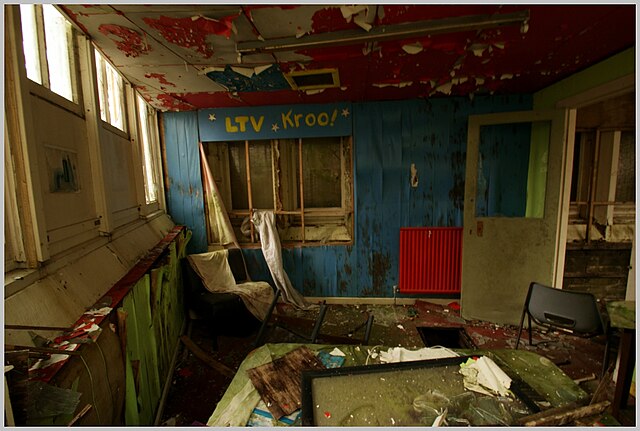
When Care In the Community went into operation in the 1980s, things at Hartwood Hospital altered. Numerous medical facilities were forced to close as a result of the shift in emphasis from institutional to community care. Hartwood Hospital closed in 1995 due to the same circumstances.
For a few more years, only the administrative buildings remained occupied; nonetheless, these were also abandoned in 1998.
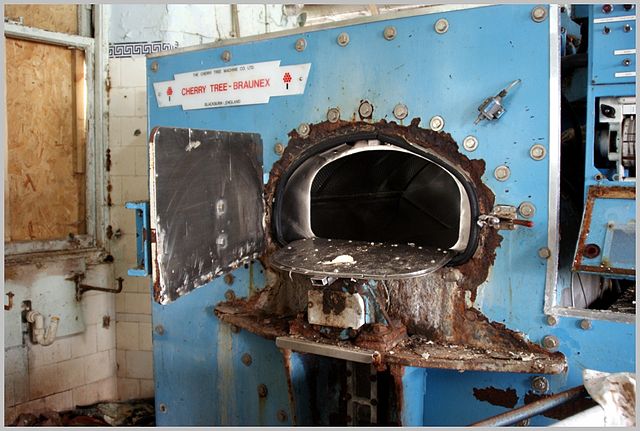
Since then, Hartwood Hospital has been deserted, and with every year that goes by, more of it gradually falls to dust. The property has not seen much use, despite being utilized as a film set a few times (most famously, as a stand-in for Gotham Orphanage in The Batman, 2022). Given the frequency of strange fires, some could even classify it as a safety threat.